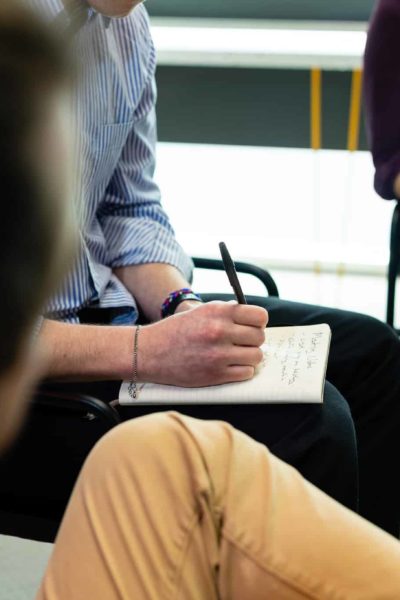Watch the video here, or read their answers below:
So to get started, would you be able to tell us a bit about what you mean by data mapping?
Grace:
Yeah, sure. So data mapping is the process of connecting multiple sources of data, and allowing databases to be combined into a more simplified view. This just enables you to know where your data is coming from, when it’s coming, how frequently you’re going to get that data and then be able to plan for where that data is eventually going to end up.
Many businesses have lots of suppliers and stakeholders that do provide that non financial data and it can be difficult to know exactly where to start. Can you just walk us through the key steps involved in mapping sustainability data across a business and how you ensure that everyone’s engaged in the process?
Grace:
Yes, so there are 4 key areas of the process. The first step is identifying the sources of data that you have – identifying where all your data is coming from and the availability of data. You should consider what sort of system it’s currently in. Is it all in Excel spreadsheets, in emails that are coming in from different people, or is there currently a system in place?
After identifying those key source areas, the next step is to think about when you can get that data. Look at when the data becomes available (whether that’s annually, monthly or quarterly) and see if it aligns with how often you need that information.
And then we’ll look at that data and think well, what is the final output we need from that data? So how is it going to be used, and is it needed for reporting requirements? What kind of people will need to use the data? What format does it need to be in?
You can then work out how to get it to that endpoint. Are there any checks that need to be done, do any calculations that need to be built, or do we need to transform the data in some format? Putting these four elements into a process allows you to pull data when needed.
It’s important to do this through a series of webinars or meetings with everybody who could be a potential stakeholder or at least somebody from each team in the business. We want to make sure that they’re involved throughout, either by joining the interviews with the stakeholders or just receiving the output from each of stage of the process.




